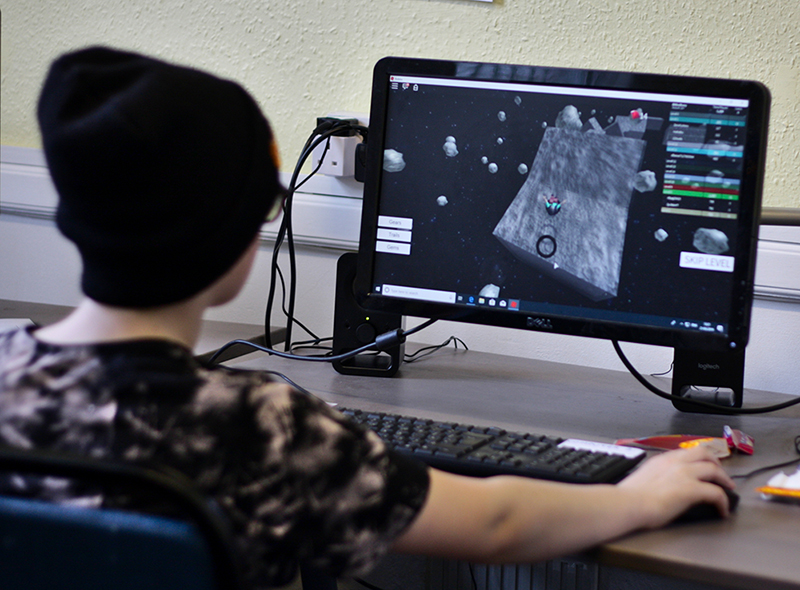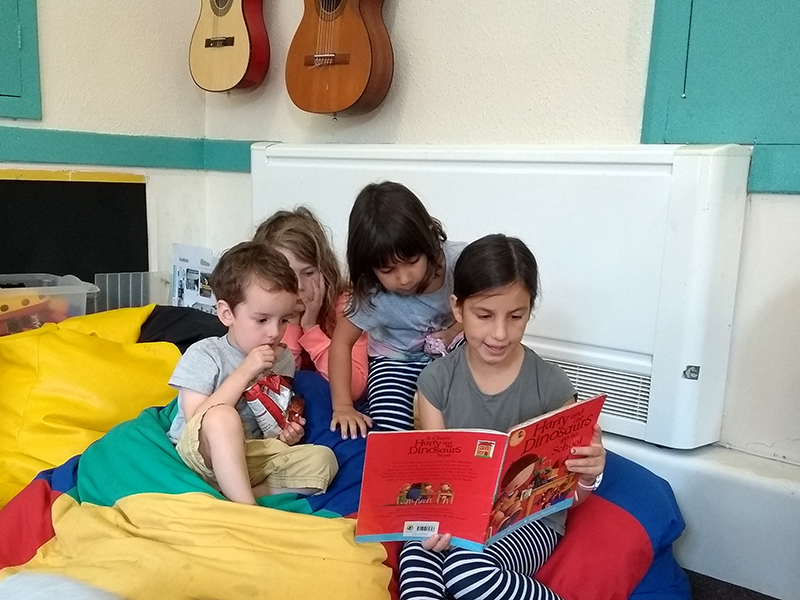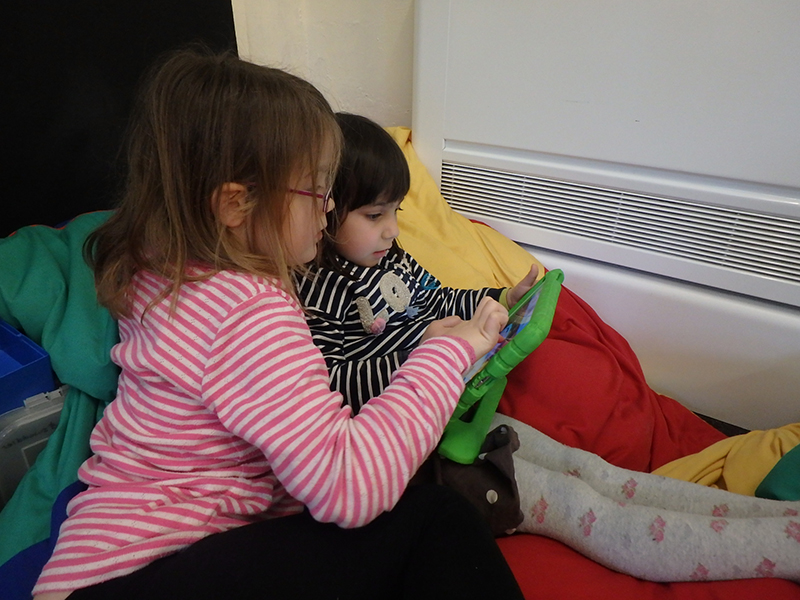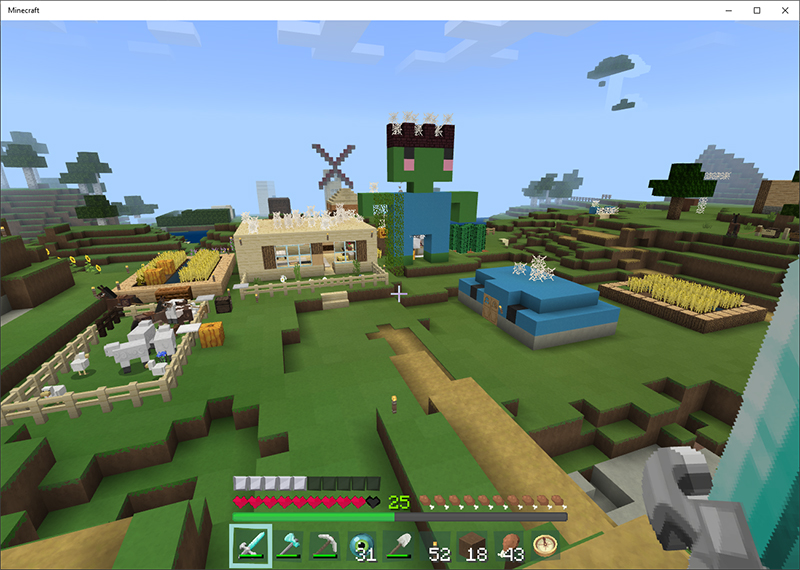Fears around new technologies are nothing new. Each generation since… well since the birth of human invention has warned their young against the latest fad which will absolutely rot your brain. Plato and Socrates warned against writing claiming it would ruin our memories and was “a step backward for truth”. And in 1565 Swiss scientist, Conrad Gessner warned in a manner remarkably premonistic of todays fears that the abundance of knowledge available due to printed books would overwhelm and confuse the public and harm our minds.

I belong to the TV generation where we were all warned not to sit too close, watch too long or the wrong things lest we become brainwashed zombies with square eyes. And I must admit almost everyone I know now has square eyes… Ok, so they don’t. But surely this time the fears are real and social media, gaming, the ever present black mirror must be bad for us. My view is yes and no. But the yes, is more to do with how we use it and what else is going on in our lives than the technology itself.
The problem as I see it is that it’s all too easy to demonise technology when you lump it all together under one umbrella term: screentime. What does that even mean? Am I spending time with a screen right now as I write this blog or am I using a computer to record my thoughts? I could have written the post on paper but I wouldn’t have been able to edit it as easily or for it to reach you. Think of all the things you can do with a piece of paper, write a story, a letter, make a shopping list, compose a poem, song, draw, paint, collage, design, read a book, magazine, newspaper, origami, paper aeroplanes, doodle, naughts and crosses, hangman, crosswords. No one ever complains when kids are having too much papertime – that’s because we don’t see a piece of paper, we see the activity. Unfortunately with screen based activities it’s not always so easy to see beyond the screen itself.

What do we mean by screentime then? Well, there are different kinds of screens for a start: computer screens, TV screens, cinema screens, tablets and mobile phones. And we use these various screens to read, write, research, create, connect and entertain us. But it’s more than that.
I grew up watching TV after school and all morning every Saturday. I watched trash TV like Trevor and Simon and Saved by the Bell but I also watched films, hard hitting dramas, music shows, popular comedy and documentaries. I watched some things like The Snowman and The Wizard of Oz over and over again, to the point that the frames of those movies are etched into my memory forever. Other things I only saw once but still remember vividly like the episode of Byker Grove where PJ was blinded by the paintball. And I watched adverts, which became playground jokes like “being tangoed”. What did I get out of all of this? Sometimes it inspired me, I remember writing a story about some magic red shoes for example. Sometimes it made me understand and laugh at myself like Kevin and Perry. Mostly it was a shared cultural experience. You didn’t just watch TV alone and even if you did you talked about it with friends afterwards. There is a wonderful sense of belonging when you realise someone grew up watching Thundercats just like you, it connects us across time and space and gives us rich cultural reference points. Just like when my children met their cousins from New Zealand for the first time and discovered they could all Floss.

For students at EKS technology is an even greater part of their lives. They are digital natives, devices are seen almost as extensions of their own bodies they are so at home with them. So naturally the things they can do with them are even more complex and varied. They use screens to answer their questions, to find out new slime recipes, watch trailers for upcoming cinema releases and find out when they can watch them, to check the news or weather, to send each other emails and messages, to talk to friends too far away to play with any other way, to draw pictures, or find something to draw, to design newspapers, to write stories and compose songs, to learn how to read, to learn new languages, to make mini movies, to photograph important moments and document their world, to role play, to be dragons and wolves and fight zombies, to collaborate, to scheme, to negotiate, to trade, to design buildings and cars and logos and roller coasters, to have races, to check spellings, to calculate, to listen to music, to learn how to play the ukulele, to memorise song lyrics, to create their own webpages and games and mods and posts, to bust myths, to find out how something works, how something was made, where things come from, who said that first and what the origin of that word is anyway, how long we have sworn for and did people really bite their thumbs at each other?

And all the time they’re doing these things they’re rarely doing it alone. They share what they learn with each other, they converse, negotiate, compare and inspire each other. When one person discovers a new game or song by the end of the day everyone knows about it.
Screentime is never just screentime.
